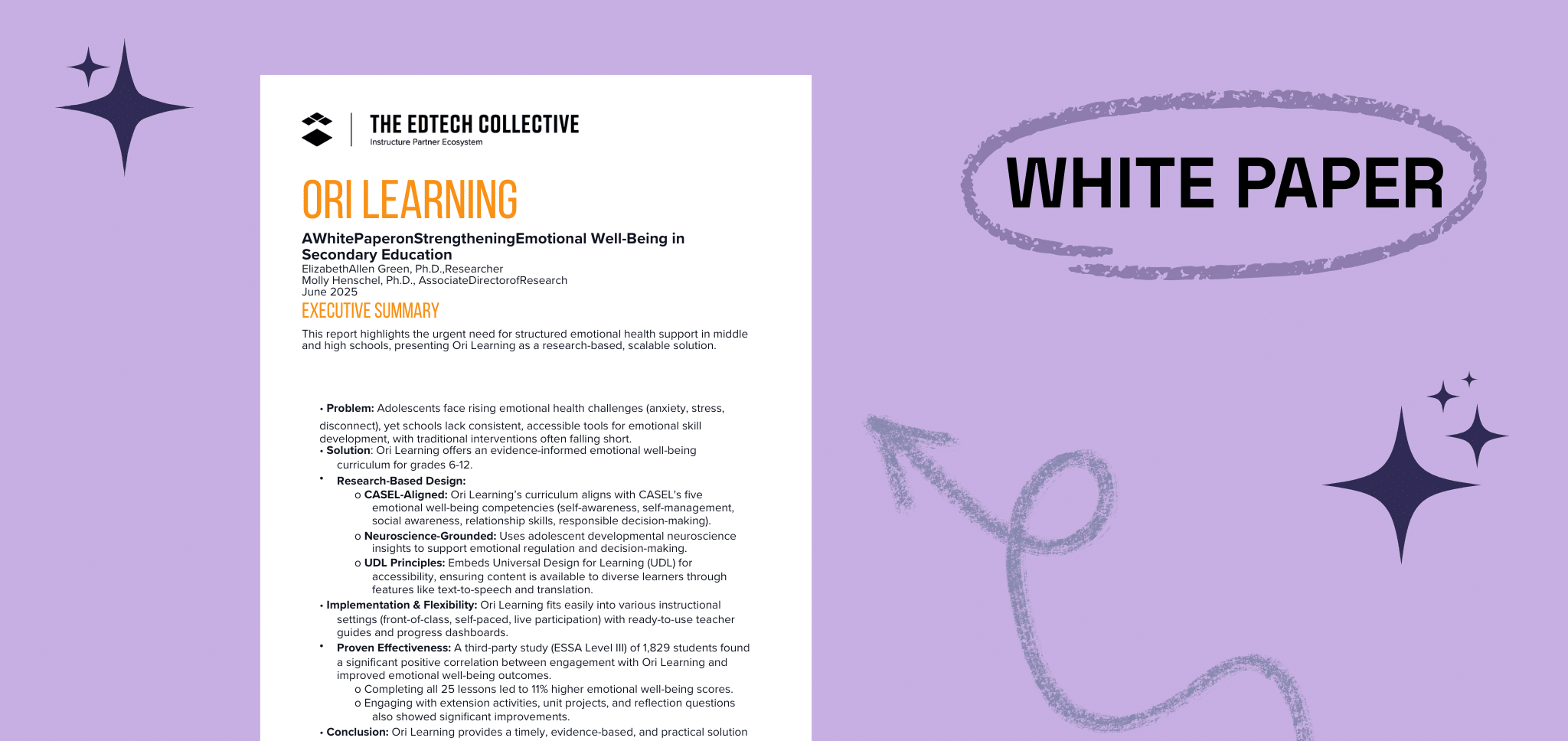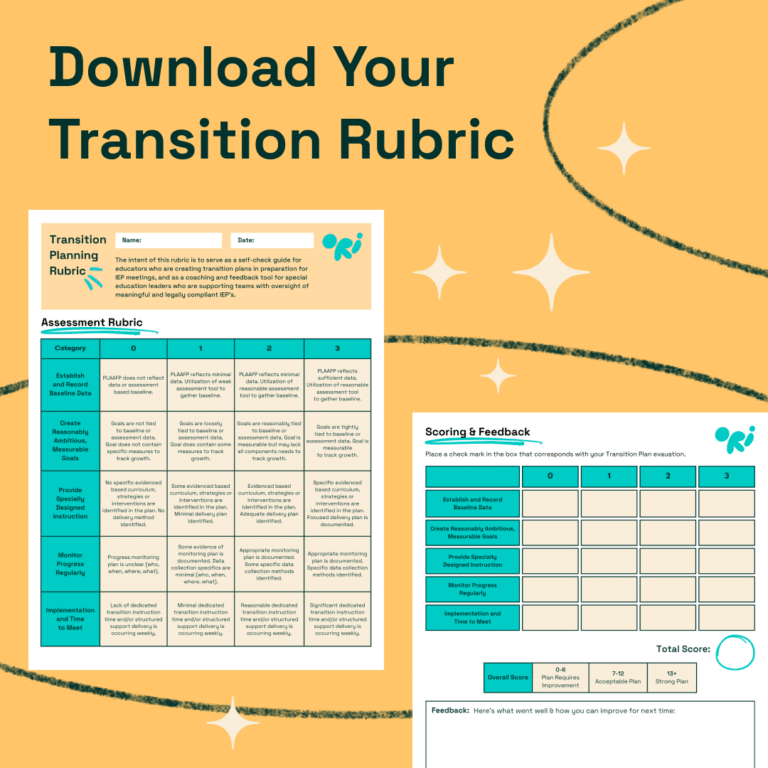

Behavior management is crucial for ensuring that students with special needs can successfully engage with their learning environment. This guide is designed to help educators create effective Behavior IEP (Individualized Education Program) goals, which promote positive behaviors and improve educational outcomes.
Behavior management in special education refers to strategies and techniques used to influence student behaviors in a positive manner. It’s essential for helping students develop self-control, compliance, and social appropriateness. Effective behavior management plans incorporated into IEPs can reduce disruptions and enhance a student’s ability to learn and interact socially.
Including behavior goals in an IEP supports a student’s educational and social success. These goals are vital for students who exhibit behaviors that interfere with learning or social integration. By setting clear expectations and providing consistent feedback, educators can help students achieve better self-regulation and interaction skills.
Behavior IEP goals must align with the student’s Present Levels of Academic Achievement and Functional Performance (PLAAFP) and comply with the Individuals with Disabilities Education Act (IDEA). This ensures that the goals are tailored to meet the student’s unique needs and are legally enforceable.
The examples provided here are intended to serve as a foundation. Each student’s IEP goals should be personalized to reflect their individual needs and circumstances.
Our Transition Planning Rubric is designed to support district leaders and educators in guiding their teams towards excellence in transition planning.
It provides comprehensive criteria that cover the breadth of transition planning, from gauging student engagement to evaluating post-secondary goals and services.
Expand your team’s capabilities and improve the success of IEP meetings.

Integrating tailored behavior goals into a student’s IEP is a powerful strategy to support their educational journey and social interactions. By setting SMART goals and using effective behavior management strategies, educators can significantly enhance a student’s ability to participate in and benefit from their educational environment.
Prepare your students for lifelong success with Ori’s Transition Curriculum.